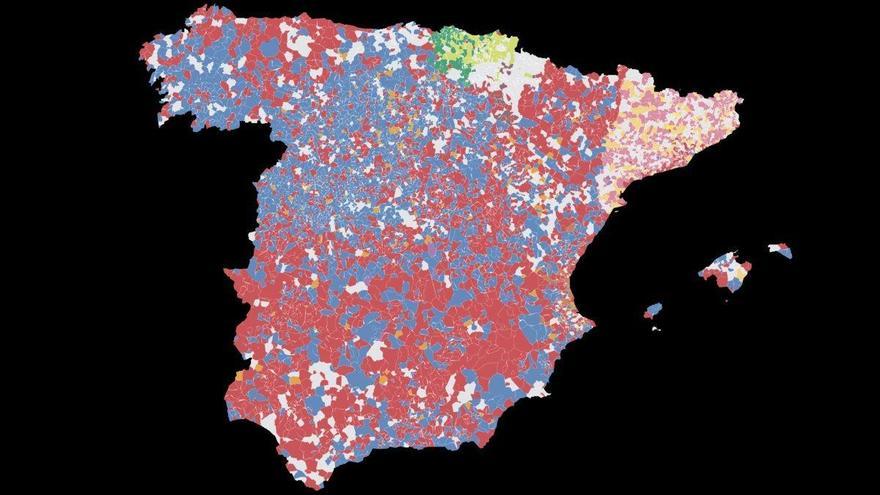Alfredo Jalife-Rahme
Almost 11 years ago I warned about the “advent of the agridollar (dollar propped up by agriculture and food)
that would place China at a geopolitical disadvantage due to its distressing imports to feed the largest population on the planet and the decline of the petrodollar (https://bit.ly/4808i2a) y (https://bit.ly/44GORIE)”.
Two notable consequences of the war in Ukraine and its multidimensionality are the double energy and food crisis. Eleven years after Zero Hedge’s ominous warning, a BRICS food effect
when Brazil displaced the US as the king (sic) of corn exports (sic) in the world
according to the globalist portal Bloomberg (https://bloom.bg/3R3pTQK). Zero Hedge himself admits, 11 years later, that a new multipolar order emerges with the BRICS and the Shanghai Group (SCO)
that “offer ample alternatives to the hegemonic collective West (https://bit.ly/3Rak3gC)”.
Such has been the hypothesis of a server for 13 years in my book The hybrid multipolar world: a multidimensional approach (https://bit.ly/3LdnmQi).
The US Department of Agriculture (USDA) shows that Washington’s five-decade reign (megasic!) with corn ended with the 2023 harvest, when its global exports (sic) reached 23 percent, well below 32 percent of Brazil. In the past decade, Brazil and other BRICS+ members had already displaced the US, which had lost its supremacy in both wheat and soybean production and exports.
Statistics vary when it comes to export or production. In the ranking of the five main producers (sic) of wheat, three belong to the RIC, in order: China (1), India (2) and Russia (3), before the US (4). In global soybean production, in the ranking of the top five, four belong to the BRICS+: Brazil (1), Argentina (3), China (4) and India (5), before the US (2).
The loss of the first place of exported corn is not minor when its value (sic) in the US was 91 thousand 730 million dollars, that of soybeans 61 thousand 150 million and that of wheat 14 thousand 600 million in 2022.
According to Stephen Nicholson, global grain strategist at Rabobank agricultural bank, each year Brazil will probably take more share of the global market
and one of its main reasons is the Readjustment of China’s agricultural trade with Brazil and away from the US
when lawmakers in Washington “have frantically militarized (megasic!) the dollar and trade against Beijing (https://reut.rs/485kqia)”. Here he applies the metaphor of slow boiling frog
when the US lost its corn supremacy for 40 years (megasic!).
Michael Hirtzer y Dominic Carey, de Bloomberg, aducen a number of factors behind the end of the reign
from me: soaring costs and scarcity of open farmland, the ongoing effects of the trade war with China, and a strong dollar (megasic!)
. They comment that the continued decline and loss of competition from the US is a blow to a country that has always used (sic) food as a geopolitical force (megasic!)
. They failed to point out that Brazil has the climatic fortune of having a double annual harvest.
Even more important is the weakness of the real (Brazilian currency) against the dollar, which is taken advantage of by China (https://bloom.bg/3Lc7Jsf). Karl Plume of Reuters argues that Brazil is winning the game of corn exports (sic)
.
The complementarity of China and Brazil establishes their reals more vibrantly when Brasilia interacts intensely with investments in infrastructure and technology provided by Beijing. Thus, Chinese exporters use swaps (https://bit.ly/44A7oq8), through their respective national currencies, leaving out the dollar in their annual bilateral trade of 150 billion dollars (https://bit.ly/486l9Qv). Intra-BRICS+ trade is becoming circular
when they buy and sell with their respective national currencies bypassing the hegemony of the dollar.
The Conference
